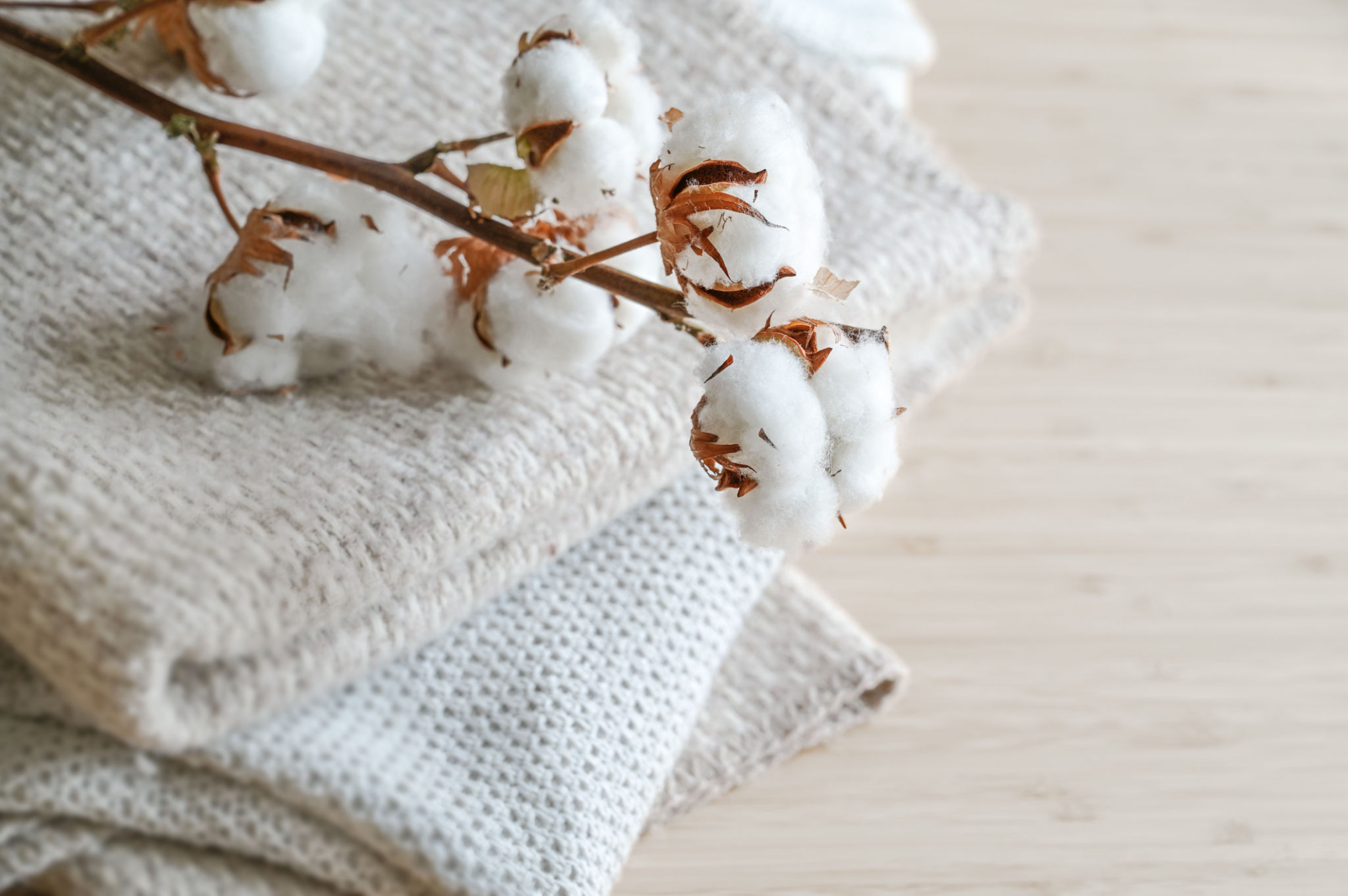Local Insights: The Growing Trend of Plant-Based Dyes in Lombardia
Introduction to Plant-Based Dyes
The world of fashion and textiles is witnessing a remarkable shift towards sustainability, and one of the most exciting developments is the growing trend of plant-based dyes. In Lombardia, a region known for its rich cultural heritage and innovative spirit, artisans and manufacturers are embracing this eco-friendly alternative to synthetic dyes. This movement is not only reshaping the textile industry but also reviving age-old traditions that have been long forgotten.

The Environmental Benefits
One of the primary reasons for the surge in popularity of plant-based dyes is their minimal impact on the environment. Unlike synthetic dyes, which often contain harmful chemicals and require significant energy to produce, plant-based dyes are derived from natural sources such as fruits, vegetables, and flowers. This means they are biodegradable and do not contribute to pollution. By choosing these natural alternatives, the textile industry in Lombardia is reducing its carbon footprint and promoting a healthier ecosystem.
Additionally, plant-based dyes often require less water during the dyeing process, making them a more sustainable option in regions where water conservation is critical. This aligns well with Lombardia's commitment to preserving its natural resources and promoting sustainable practices across various industries.

Reviving Traditional Techniques
The shift towards plant-based dyes has also sparked a revival of traditional dyeing techniques that have been passed down through generations. Artisans in Lombardia are rediscovering the beauty and versatility of natural dyes, experimenting with different plant materials to achieve a wide range of colors and shades. This resurgence of interest in traditional methods is not only preserving cultural heritage but also providing new economic opportunities for local communities.
Workshops and events dedicated to teaching these ancient techniques are becoming increasingly popular in the region, attracting both locals and tourists eager to learn about sustainable fashion practices. By combining modern innovation with traditional craftsmanship, Lombardia is positioning itself as a leader in the sustainable fashion movement.

Challenges and Opportunities
While the shift towards plant-based dyes offers numerous benefits, it is not without its challenges. One of the main hurdles is the scalability of production. Natural dyeing processes can be more time-consuming and labor-intensive compared to synthetic methods, which can impact the cost and availability of naturally dyed products.
However, these challenges also present unique opportunities for innovation. Companies in Lombardia are investing in research and development to improve the efficiency of natural dyeing processes and explore new plant sources that can yield vibrant colors. This ongoing innovation is crucial for making plant-based dyes a viable option for mass production.

The Future of Plant-Based Dyes in Lombardia
The future looks promising for plant-based dyes in Lombardia. As consumer awareness about environmental issues continues to grow, there is an increasing demand for sustainable fashion options. This trend is driving more brands to adopt plant-based dyes, further fueling their popularity and expansion.
Moreover, government initiatives supporting sustainable practices are providing incentives for businesses to transition to eco-friendly alternatives. By fostering collaboration between artisans, manufacturers, and policymakers, Lombardia is creating a robust ecosystem that supports the growth of the plant-based dye industry.
In conclusion, the rise of plant-based dyes in Lombardia is a testament to the region's commitment to sustainability and innovation. By embracing natural alternatives, Lombardia is not only reducing its environmental impact but also preserving its rich cultural heritage. As this trend continues to gain momentum, it will undoubtedly inspire other regions to follow suit, paving the way for a more sustainable future in fashion and textiles.
